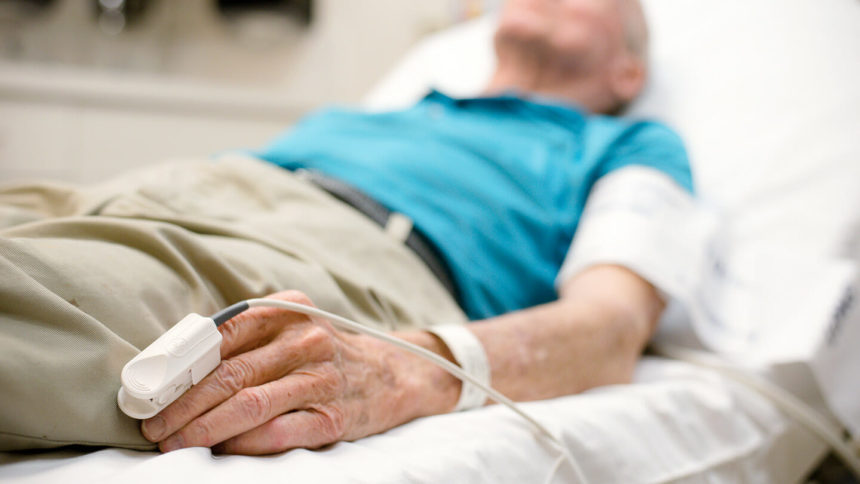A computerized tool can accurately identify older adults visiting the emergency department who have a high risk of dying within six months, a new study found. The tool, called the Geriatric End-of-Life Screening Tool, or GEST, performed more reliably than reviewing diagnosed serious illnesses and estimating mortality rate.
GEST uses routine medical data such as age, vital signs, blood tests and past hospitalizations to calculate each person’s individualized mortality risk over the next six months. In the study of more than 80,000 emergency department visits by older adults, GEST maintained high accuracy regardless of the person’s gender, race/ethnicity or year of visit.
Using a 30% predicted mortality threshold, GEST flagged 11.8% of visits as high-risk. Of those identified as high-risk, 43.7% actually died within the following 6 months. Study authors saw this result as demonstrating GEST’s value as a partner to help pinpoint which elderly individuals would benefit most from having urgent discussions and planning for end-of-life care preferences and priorities.
Surprisingly, of the people with diagnoses of serious illnesses, such as cancer, dementia or organ failure, almost half (45.1%) were classified as low mortality risk by GEST. Only 8.1% of people in this group died within 6 months, suggesting that their illnesses may have been stable or progressing slowly at that time.
GEST also identified 2.6% of people without diagnoses of serious illnesses as having a mortality risk, and more than one-third of this group (34.3%) without prior serious diagnoses died within 6 months. This finding indicates that GEST may be able to identify undiagnosed or acutely worsening conditions that put a person at immediate risk.
In total, one-fourth of older adult emergency department visits were re-classified compared with just using serious illness diagnoses as an indicator. The researchers suggest that GEST could improve end-of-life care by automatically flagging high-risk individuals for care-planning discussions upon arriving at the ED.






